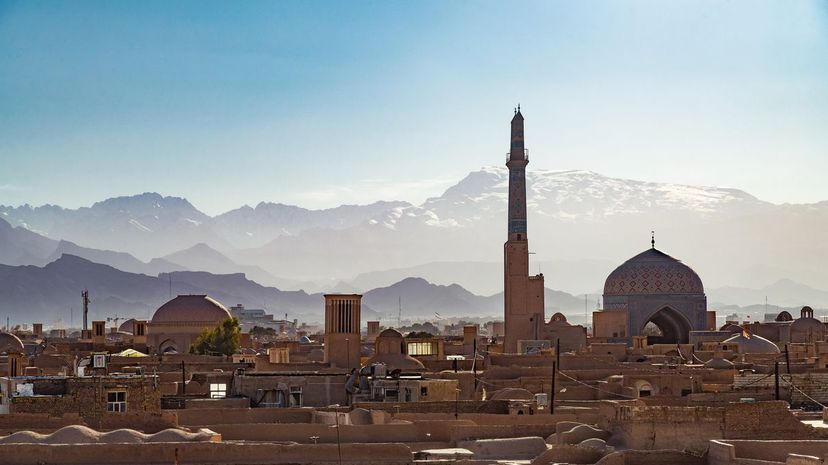
About This Quiz
From the bustling boroughs of New York City to the beaches of Sri Lanka, residents who proudly declare their love for their home town often have no idea that the place they call home was once called something completely different. Major global capitals like Seoul, Ho Chi Minh City and St. Petersburg were all known by other names just a century ago. Even entire countries, from Belize to Thailand, will have different monikers if you can dig up an old enough map.
While there's no doubt that place names are much more fluid than they appear, have you ever wondered why this happens? After all, it would certainly be a huge shift if Canada changed its name to New England next year, or if Parisians had to start calling themselves Eiffel-ians, right? Yet these are precisely the kind of humongous shifts people have become accustomed to throughout the centuries. As you can imagine, many place name changes are associated with changes in leadership, whether a move from colony to independent nation or to accommodate a new regime or ruler. Others result from a merger or separation between two groups — think 13 Colonies to United States or Germany splitting into East and West. Some swaps take place because a place name has become a real problem, which actually happened to cities with names like Berlin or Swastika during times of war. Finally, a publicity stunt or promotion designed to increase trade or tourism can lead to a city or town being renamed as part of a rebranding effort.
Think you can guess the new names of these cities and countries if we give you their former titles? Prove it with this quiz!
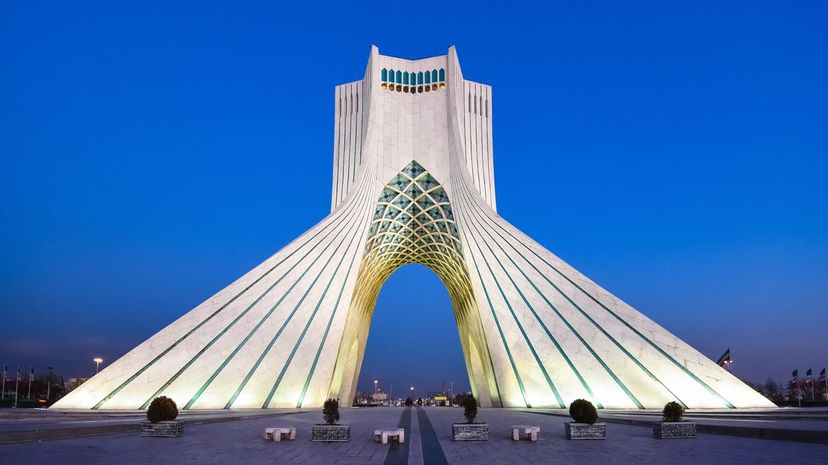
Scholars believe the Persian Empire got its name from the ancient Greeks, who called it Persis. In 1935, Reza Shah began to publicly request that other nations refer to the land under his rule as Iran. The new name stuck, leaving Persia relegated to the history books.
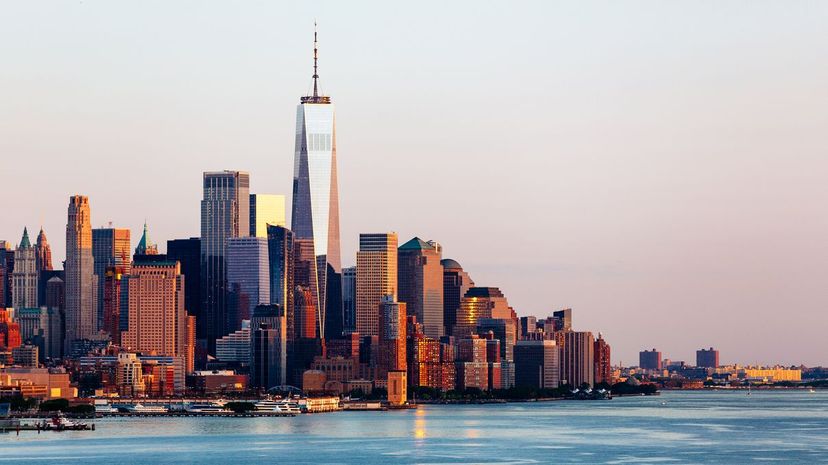
The Dutch built a fort on the southern tip of Manhattan, a place they called New Amsterdam, at the start of the 17th century. When the English took control of the land in the1660s, they renamed it New York in honor of the Duke of York. Today, NYC is a global hub for culture, finance, business and the arts.

Istanbul, Turkey, is known as a gateway between the Eastern and Western worlds. Once known as Byzantium, it was renamed Constantinople in 330 and kept that name while serving as the capital of the Roman, Latin and Ottoman Empires. The city, home to the iconic Hagia Sophia, was renamed Istanbul in 1923, the same year Ankara became the new national capital.
Advertisement
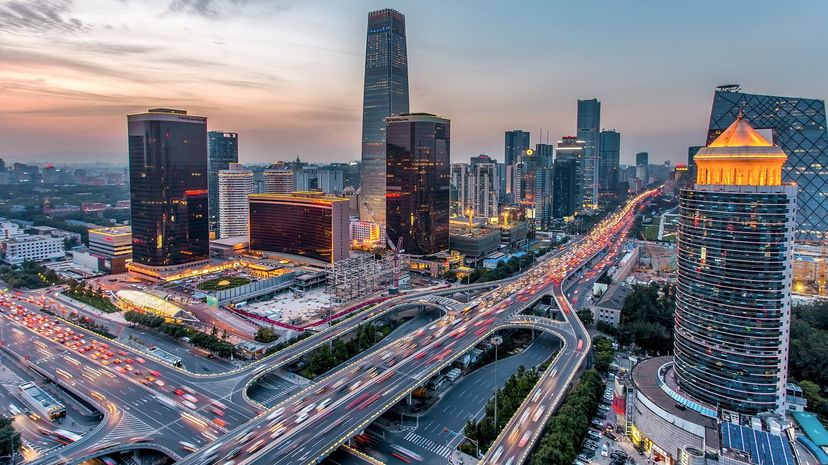
The city we Westerners now call Beijing, meaning "northern capital," was named way back in 1403. Using European spelling conventions and Roman letters, the city was variously known as Peking, Beiping, Peping, Peiping and Pehping. For now, experts have settled on Beijing, while the city's residents have continued to use the same name for centuries.
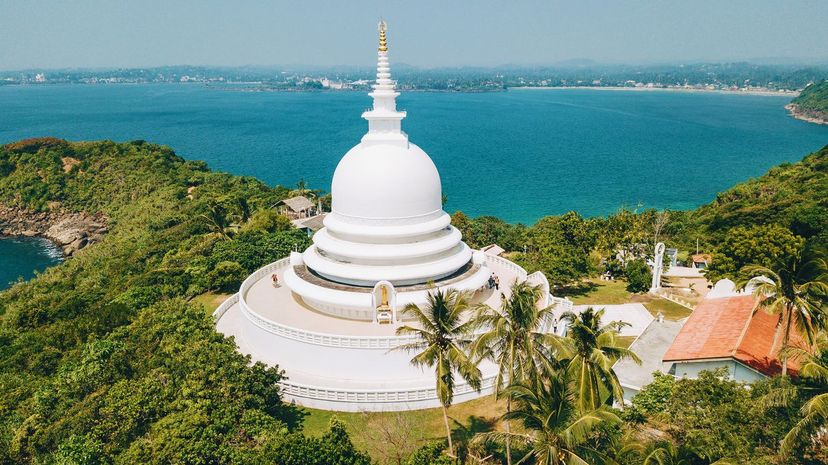
Ceylon was occupied by indigenous people for over 100,000 years before Portuguese explorers landed on this Indian Ocean island in the 1500s. It eventually became a British colony, won independence in 1948 and established itself as the nation of Sri Lanka in 1972.
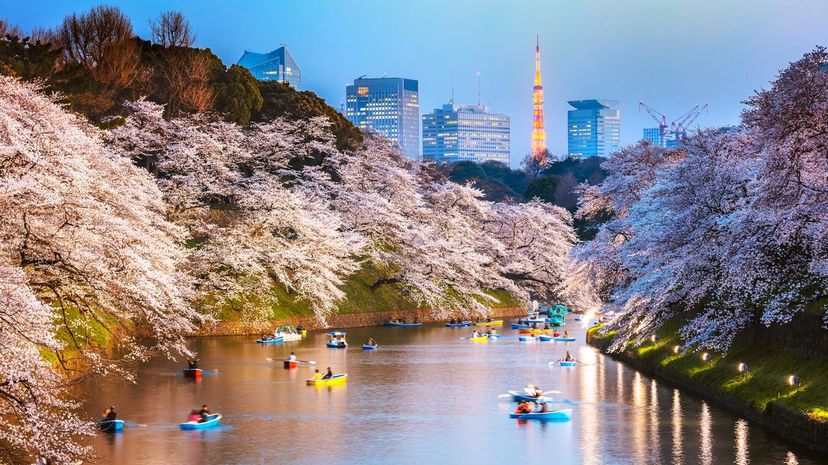
After more than two centuries of being listed on maps as Edo, from 1603 through 1868, the name Edo was changed to Tokyo as the city became the capital of Japan in 1869. Today it's known for its towering skyscrapers, its hip Harajuku district and a huge number of cherry blossom trees, which bloom in the spring to the delight of locals and visitors.
Advertisement
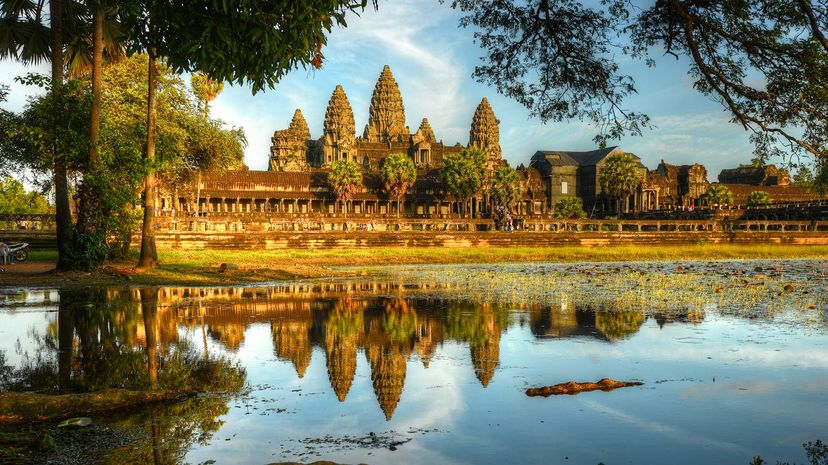
The land of ancient temples like Angkor Wat, Cambodia was known as the Khmer Republic from 802 through 1431, when the country took on the name Cambodia. Changes in the '70s brought variations on Kampuchea as the Khmer Rouge took over the nation, though it has been officially named the Kingdom of Cambodia since 1993.
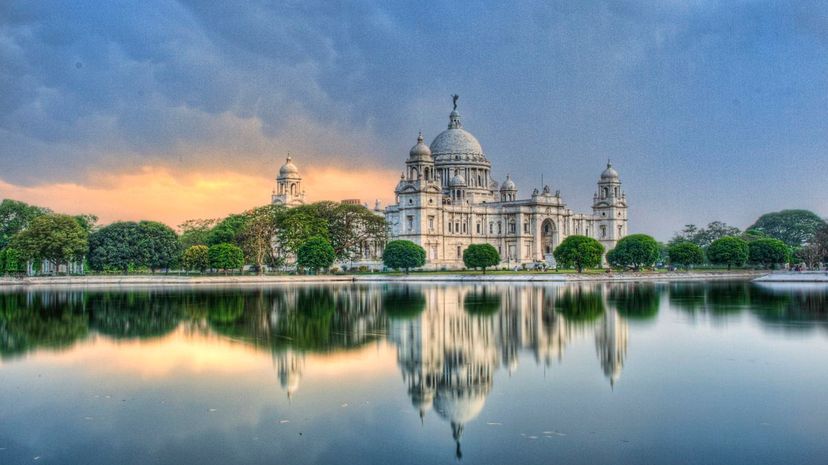
Under British control from the 18th century through 1947, Calcutta had a decidedly English spelling for Westerners. In 2001, the name of this city near the Bangladesh border was officially changed to Kolkata, to more accurately reflect the local Bengali pronunciation.
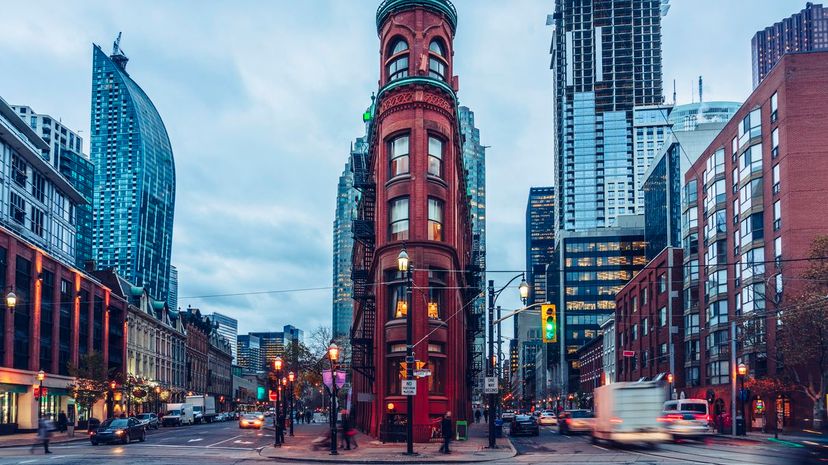
British colonists established a fort known as York in 1793 in honor of the Duke of York. In 1834, it was renamed Toronto, which comes from a Mohawk term for a narrow channel of water. By 1867, it had become the provincial capital of Ontario, and the city is now home to people from over 200 different ethnic groups.
Advertisement
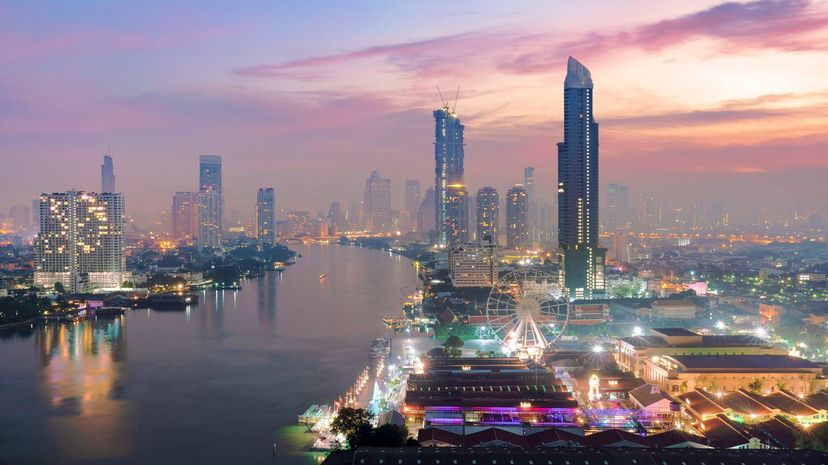
Twenty thousand years ago, people began to establish permanent settlements in a land later called Siam, and by 2000 B.C., villages were set up around rice farming. When a constitutional monarchy was established in the 1930s, Siam was renamed Thailand for Westerners, a change that became permanent in 1949. For the country's citizens, the name never changed.
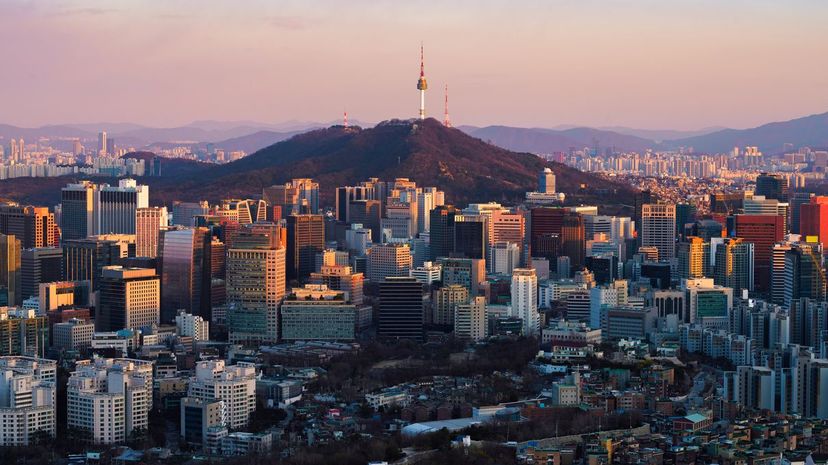
For hundreds of years, the city now called Seoul was known as Hanyang or Hanseong. Later it was changed to Gyeongseong, and the Korean capital was renamed Seoul in 1948. In a nod to its past, Seoul's rail system includes many Gyeongchun lines, such as Gyeongbu which runs from the capital to Busan.

Burma was named for the Bamar ethnic group, which has lived in this area since the 9th century. While the country won independence from British rule in the 1940s, a military dictatorship established in 1989 resulted in a switch to the name Myanmar.
Advertisement

As first a Portuguese and then a British colony, Bombay grew to become a financial hub. It eventually became a movie-making powerhouse and the heart of India's Bollywood film world. In 1995, the name of the city was changed to Mumbai to more accurately reflect local language and culture.
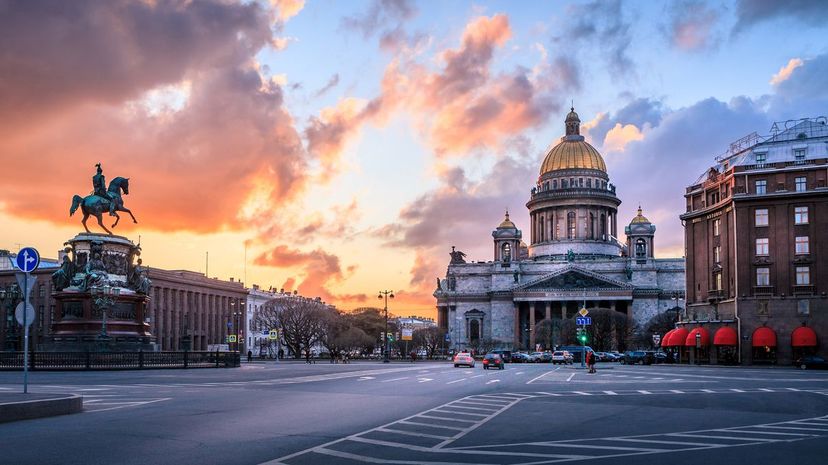
Located in western Russia near the Baltic Sea, St. Petersburg was named for Peter the Great in 1703 and served as the Russian capital until 1918. The early 20th century saw the city take on the names Petrograd and then Leningrad, but it was renamed St. Petersburg in 1991 as Soviet rule came to an end.
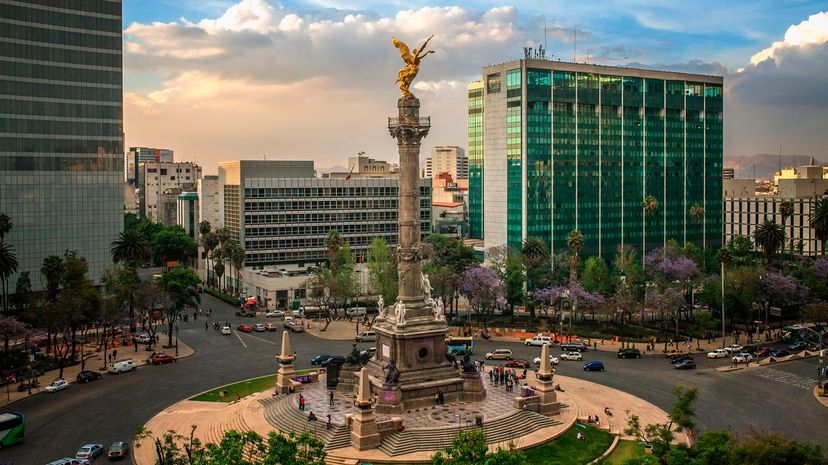
In 1325, the Aztecs built a mighty empire centered around Tenochtitlan. Spanish conquistadors invaded the area in the 16th century, ultimately establishing Mexico City on the former Aztec capital.
Advertisement
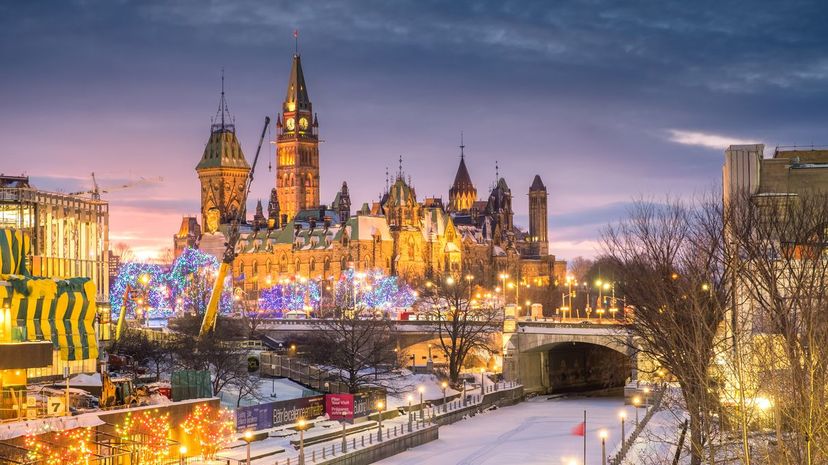
Canada's capital city of Ottawa was originally named Bytown in honor of engineer John By, who designed the iconic Rideau Canal system. In 1855, it was renamed Ottawa, a word which means "to trade" in the language of the Algonquin people.
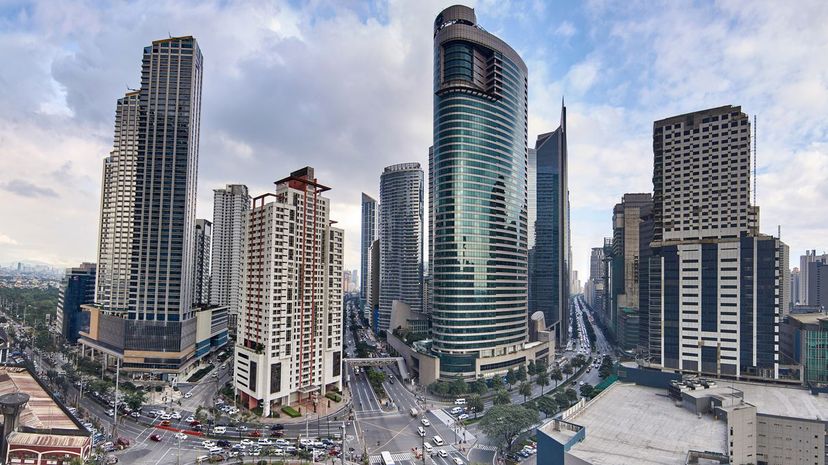
Spain was a colonial powerhouse in the 16th century, claiming land across the globe. The country now known as the Philippines was part of the Spanish East Indies beginning in 1565, an area that included all of Spain's islands in the Pacific and Indian Oceans. The nation situated around the Ring of Fire was freed from Spanish Rule in 1898 and is now shown on maps as the Philippines.
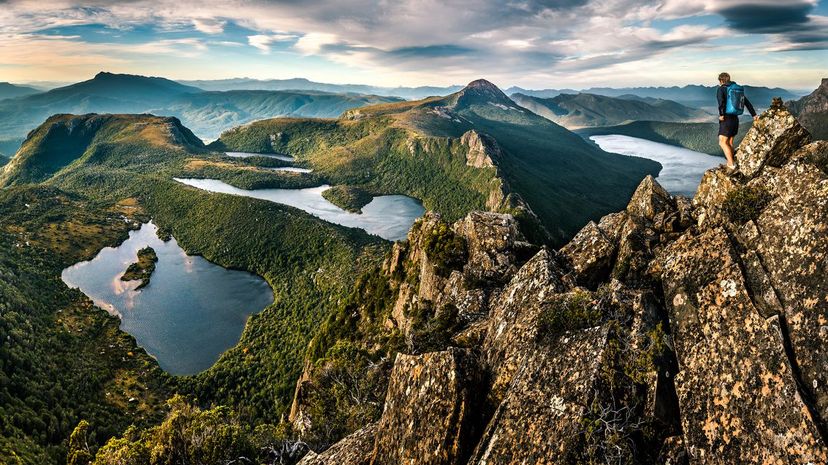
Situated south of mainland Australia below the Bass Strait, the island of Tasmania was originally called Van Diemen's Land in honor of a powerful Dutch governor. By 1855, it was renamed Tasmania, and it became an official Australian state in 1901.
Advertisement

Once part of the mighty Mayan civilization, the country we now call Belize was visited by Columbus and his crew in 1502. It became a part of the British Empire, with the name British Honduras, then finally won independence in 1981.
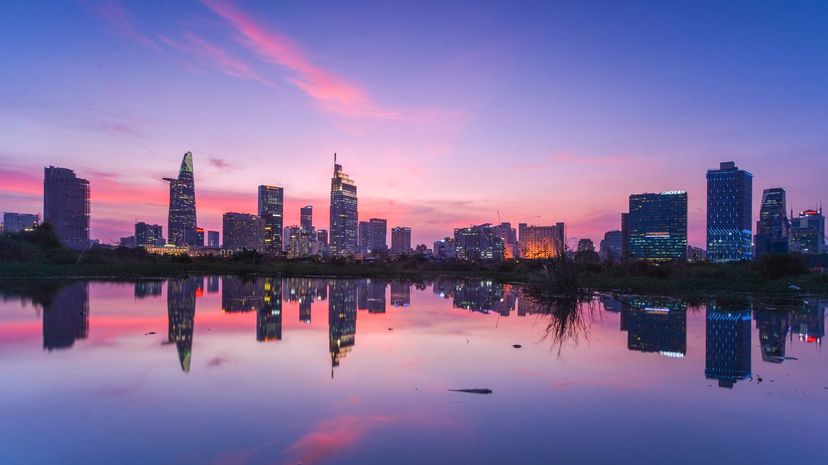
The Vietnamese referred to Ho Chi Minh City as Gia Dinh, while the French dubbed it Saigon when it fell under their control in the 1860s. In 1976, it was renamed in honor of Ho Chi Minh. Interestingly, Cambodians have always referred to this city on the Saigon River as Prey Nokor, and many in Cambodia still know it by this name today.
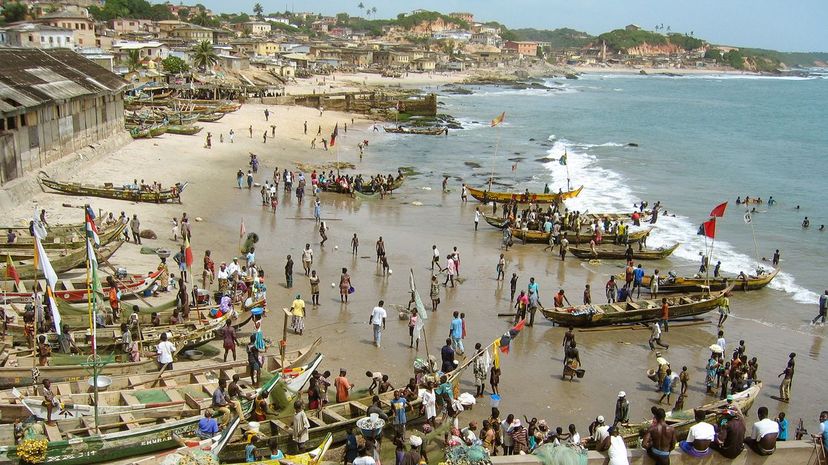
The land now known as Ghana was first visited by European explorers in the 1400s. By 1902, it was part of a British colony called the Gold Coast. When the country won independence in 1957, it took the name Ghana from the local Soninke tongue.
Advertisement
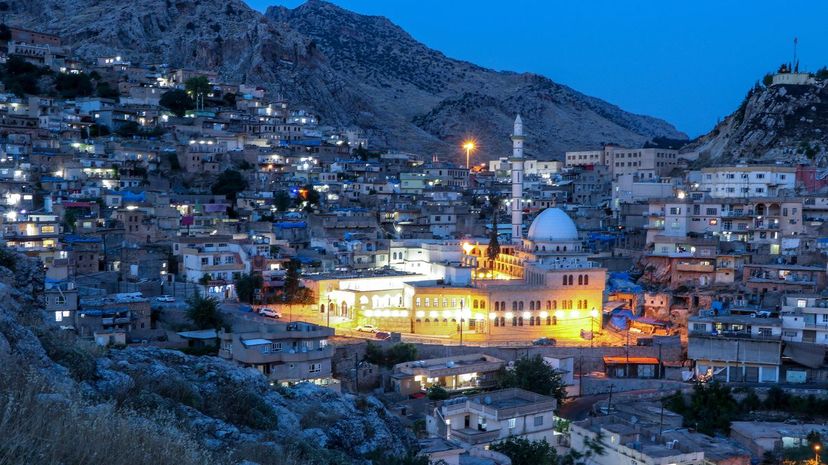
Taking its name from the Greek term for "between rivers," Mesopotamia was a civilization established around 10000 B.C. at the intersection of the Tigris and the Euphrates. Today, this area is known as Iraq, though portions of the former Mesopotamia also make up parts of Kuwait, Syria and Turkey.

Once part of the Inca Empire, the South American country now called Colombia was discovered by Spain in 1499 and dubbed New Granada during the 16th century. The nation became independent in 1819 and took its current name, Colombia, in the 1880s.
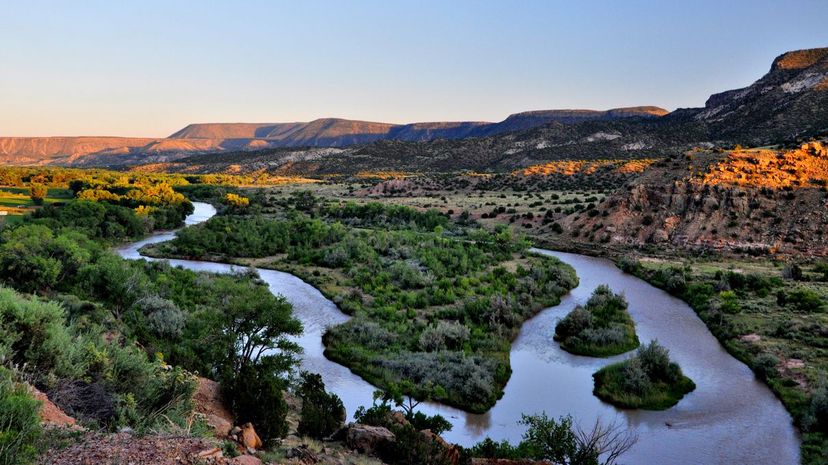
The Elephant Butte Dam and Reservoir project brought settlers to southwest New Mexico in the 1910s. They established a town called Hot Springs, thanks to the many geothermal pools and springs in the region. When radio host Ralph Edwards promised to broadcast his game show "Truth or Consequences" from the first town to change its name to the show's title, Hot Springs was happy to oblige. Edwards kept his promise and visited the town annually for the next 50 years.
Advertisement
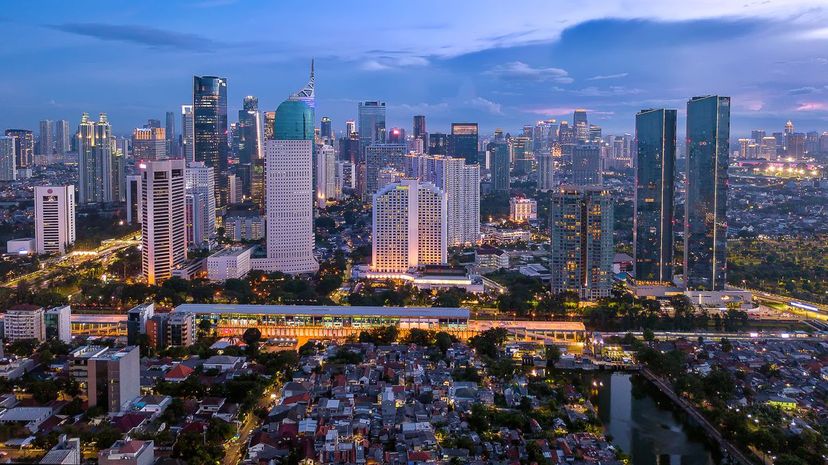
The Netherlands colonized lands throughout the world in the 18th and 19th centuries. They dubbed the islands that now make up Indonesia as the Dutch East Indies in 1800. The nation, located between Asia and Australia, won independence and changed its name to Indonesia in the 1940s.
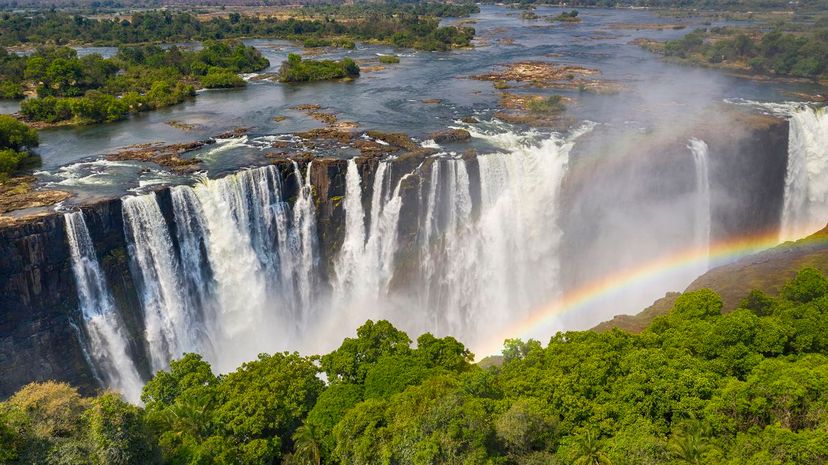
Named Southern Rhodesia in 1898, then simply Rhodesia in 1965, the country now known as Zimbabwe didn't get its current name until 1980. In the Shona language, Zimbabwe refers to either stone houses or the houses of nobles and other high-ranking members of society.
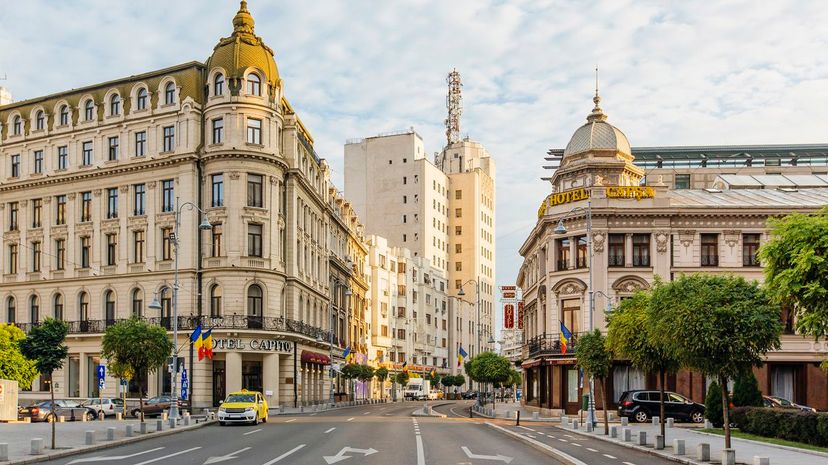
In the 15th century, Vlad the Impaler ruled Walachia with an iron fist. His legendary cruelty may have helped inspire Bram Stoker, author of "Dracula." Today the land Vlad ruled is part of Romania, an Eastern European country with its capital at Bucharest. And yes, you can still visit Dracula's castle!
Advertisement
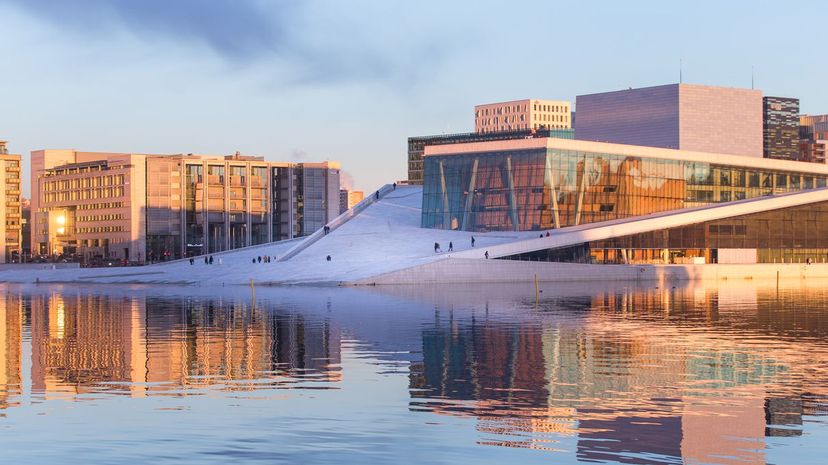
Oslo was founded as a simple trading post in 1040. Destroyed by fire in 1624, it was renamed Christiania in honor of King Christian IV, then modified to Kristiania. In 1925, this city in southeastern Norway went back to its original name, Oslo.
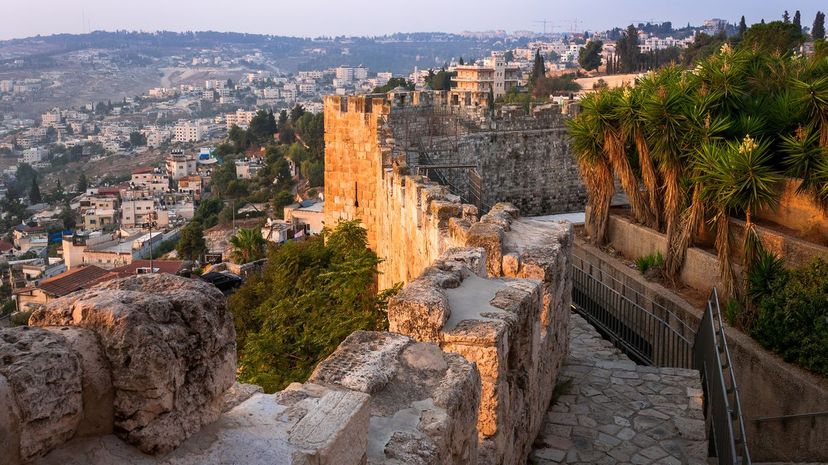
Jerusalem was destroyed in a 70 A.D. siege, then rebuilt in the traditional Roman style and named Aelia Capitolina. Home to the Temple Mount, the Dome of the Rock, Al-Aqsa Mosque and other holy sites, the city went by this name for nearly 600 years.
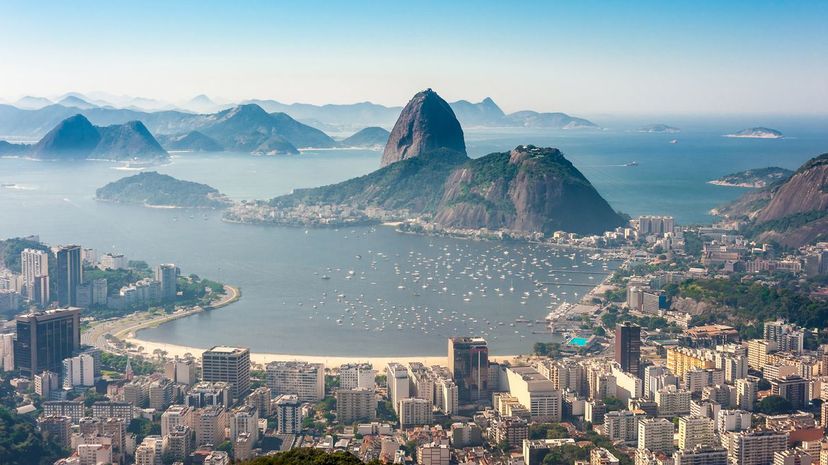
The country we now know as Brazil was once known as Terra de Santa Cruz, or Land of the Holy Cross. European traders were so wild about the country's deep red brazilwood, used to make dye, that they began calling the area Land of Brazil, which eventually became simply Brazil.
Advertisement
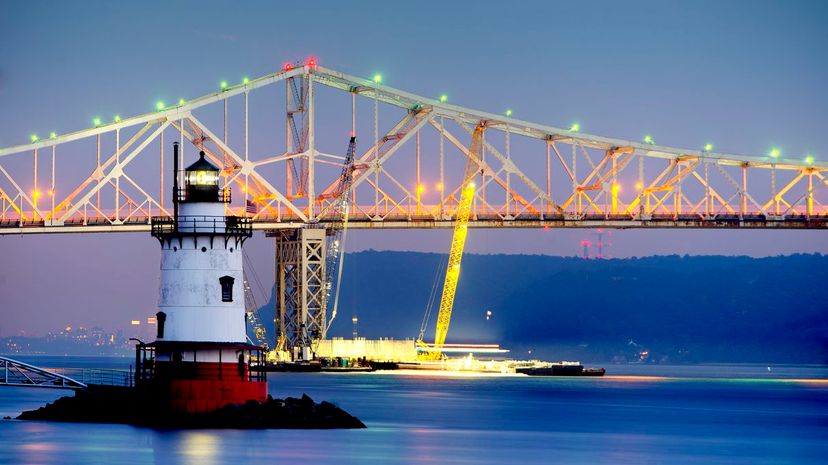
Hoping to catch a glimpse of the Headless Horseman? Head for Sleepy Hollow, New York. This town, located 30 miles north of New York City, changed its name in 1996 to take advantage of its macabre legacy.
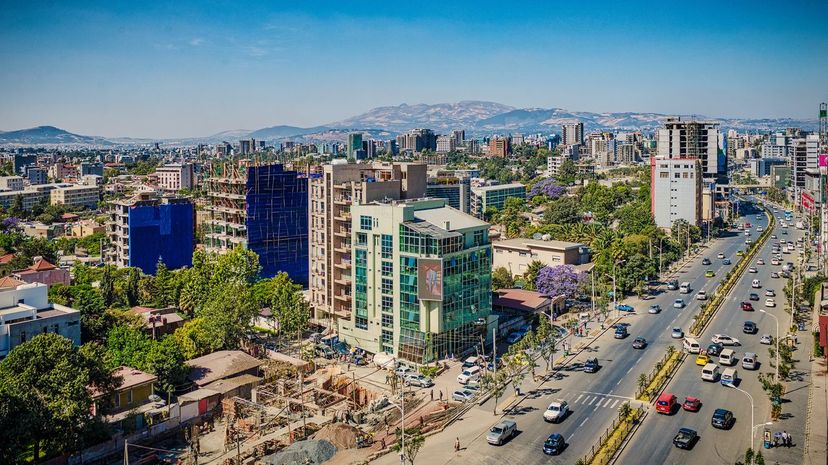
The land now called Ethiopia was dubbed the Kingdom of Abyssinia in the 13th century. The name Ethiopia was sometimes used over the years, but this current name didn't become official until the country won independence from colonial rule in 1941. Lucy, one of the earliest hominid skeletons, was unearthed in 1974 in Ethiopia.
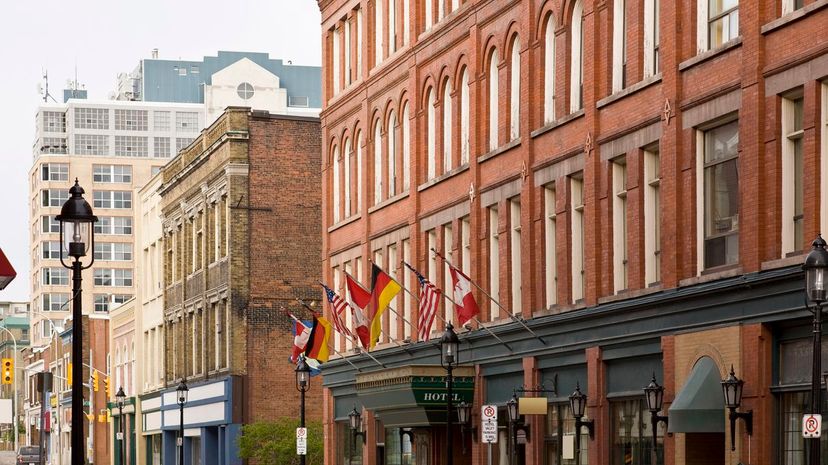
The people of Berlin, Ontario, were getting a lot of flack in the 1910s, during World War I, by people who associated them with Germany. They elected to change the name of the city to Kitchener in 1916, a name that still stands today. Unfortunately, the town of Swastika, Ontario, was unsuccessful in changing its name to Winston during World War II, to honor Winston Churchill.
Advertisement
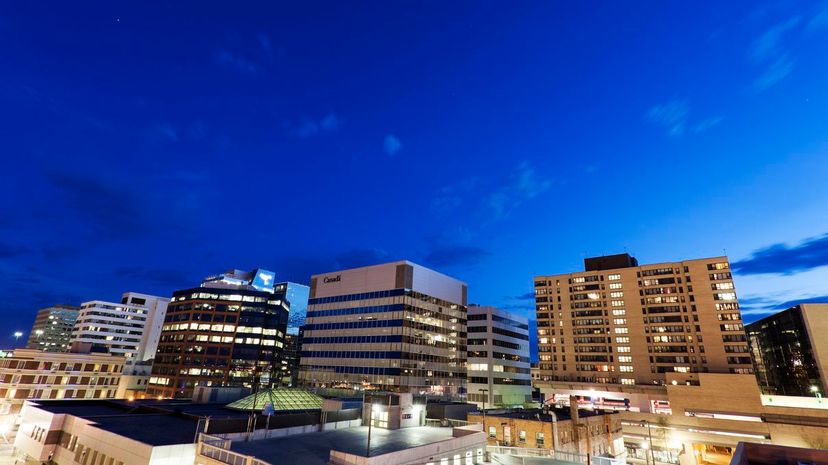
Pile O' Bones — named for buffalo bones — is just not regal enough to serve as a provincial capital. Instead, the settlement in southeastern Saskatchewan became Regina in honor of Queen Victoria in 1882.
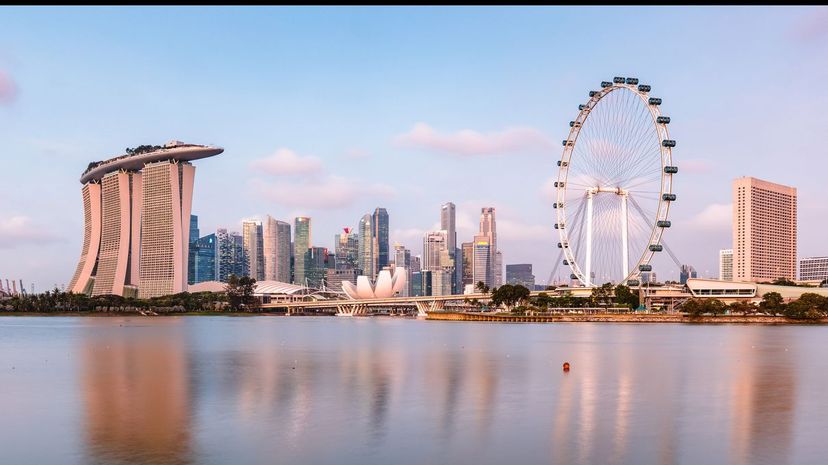
The country once called Temasek, originating from a Malay term for sea or lake, was renamed Singapore in the 14th century. "Singapore" roughly translates to "Lion City" in Sanskrit ... but there were never any wild lions on this land. Today, Singapore's mascot is a merlion.